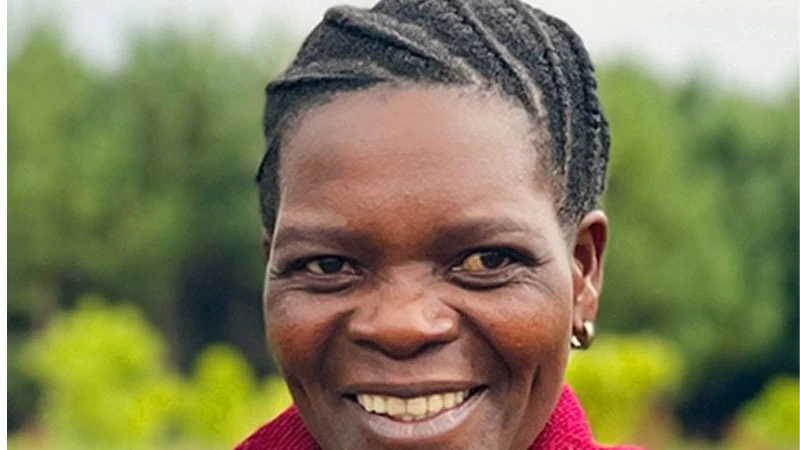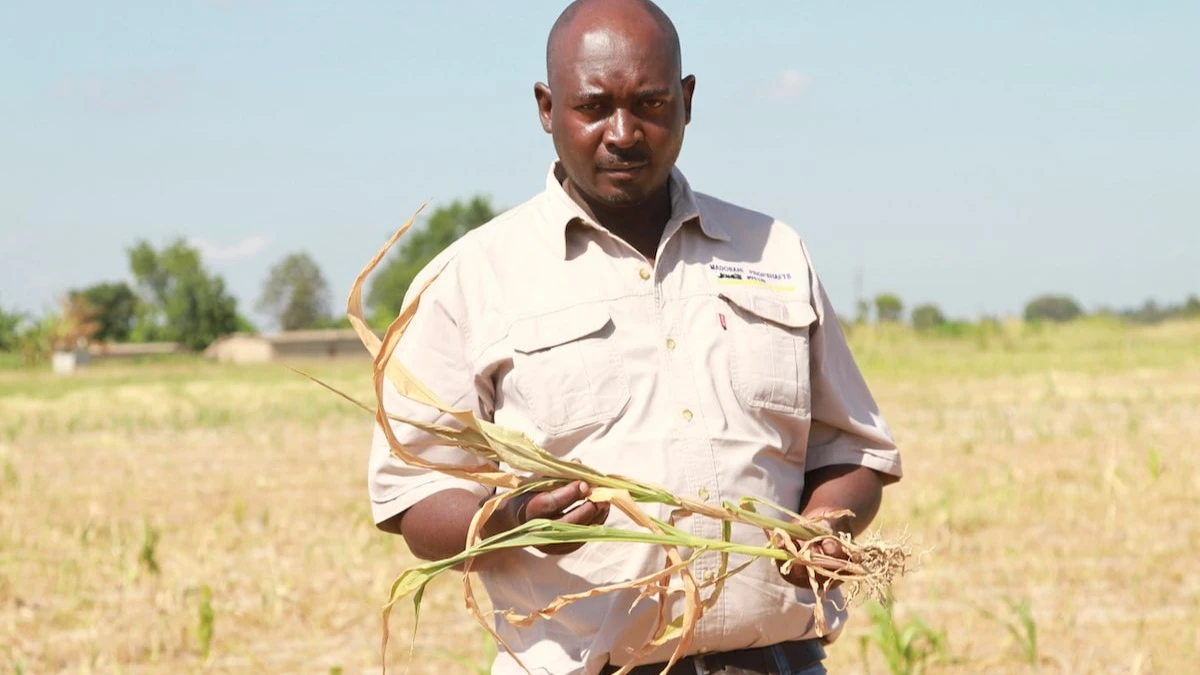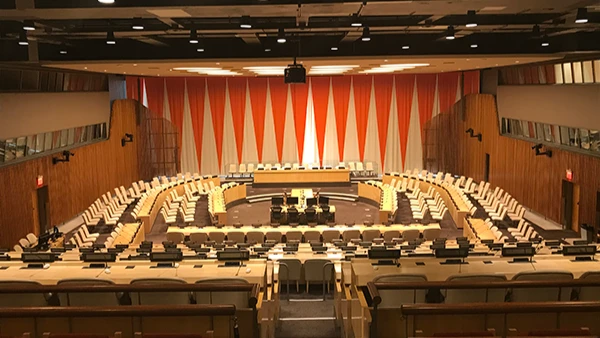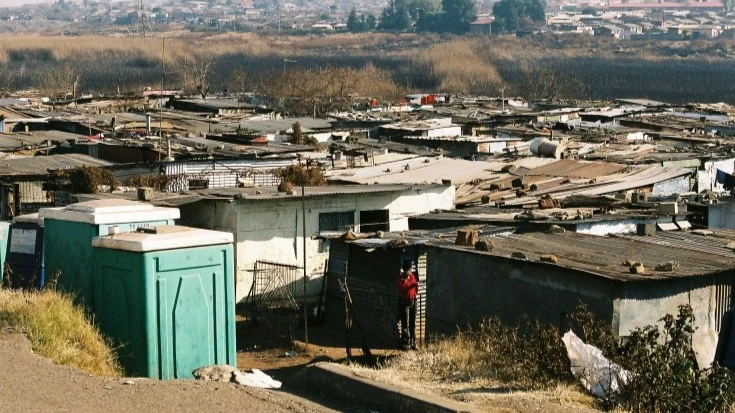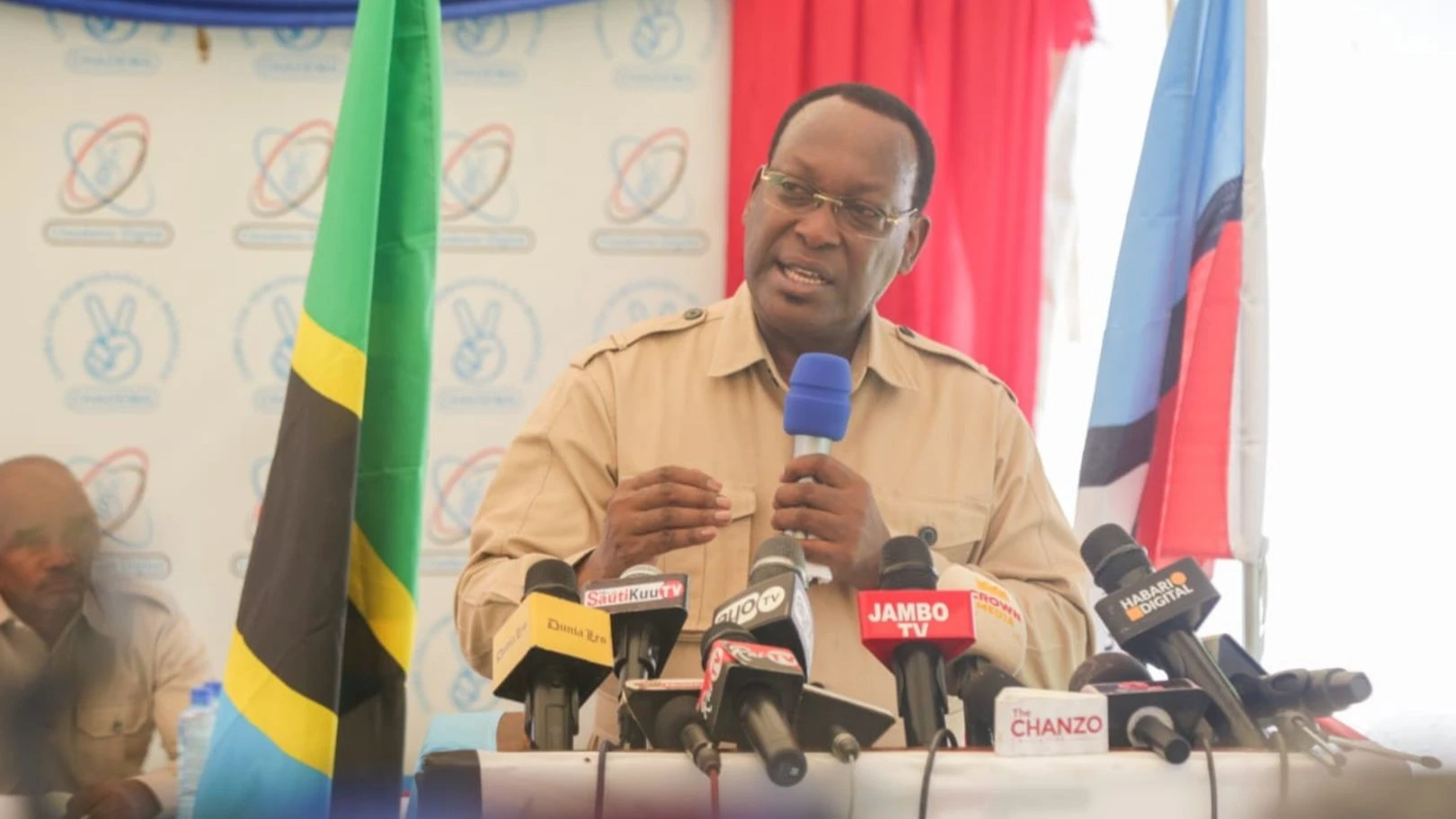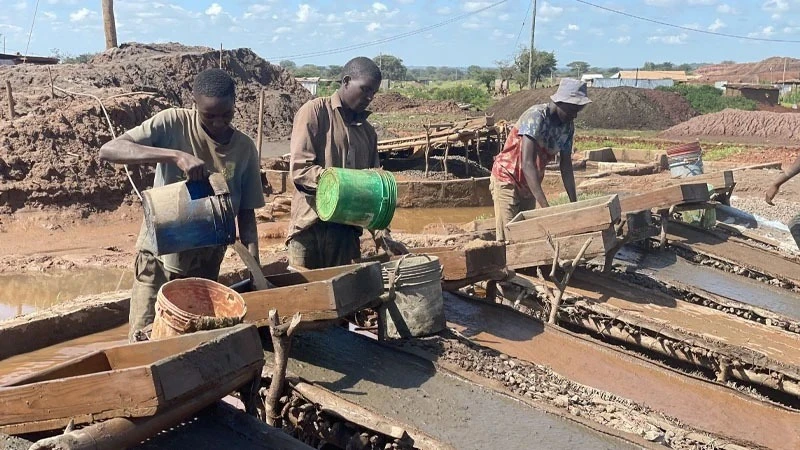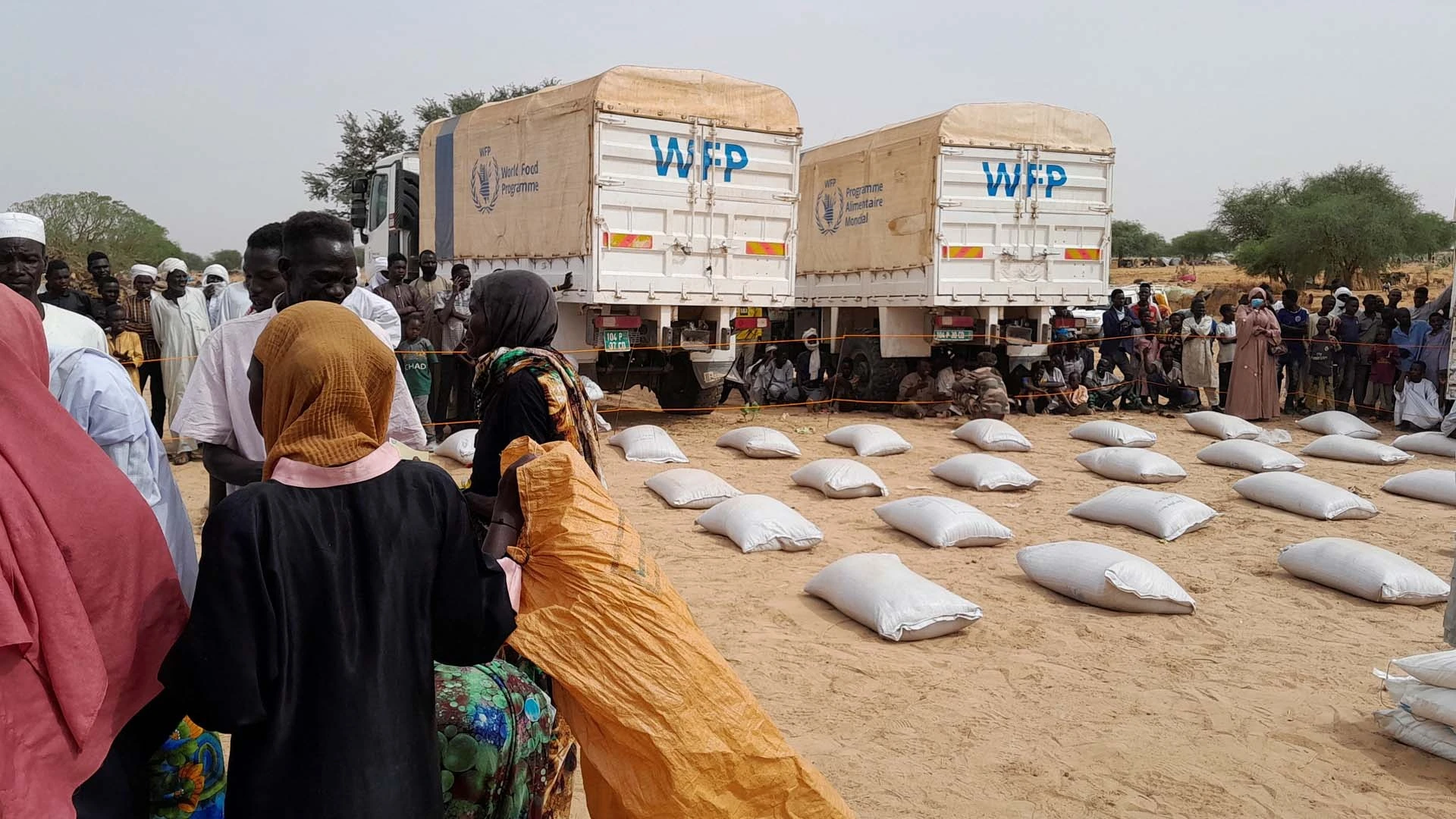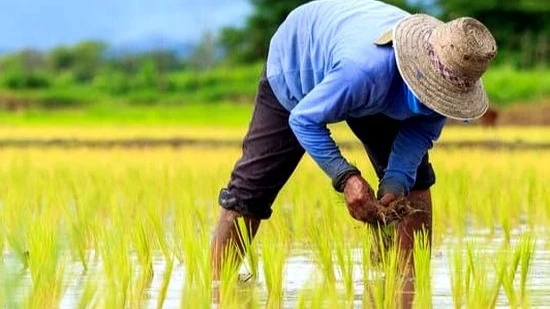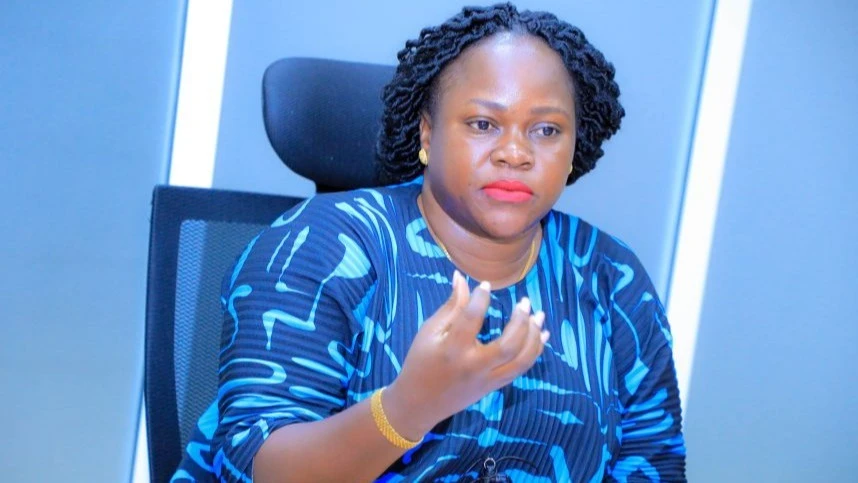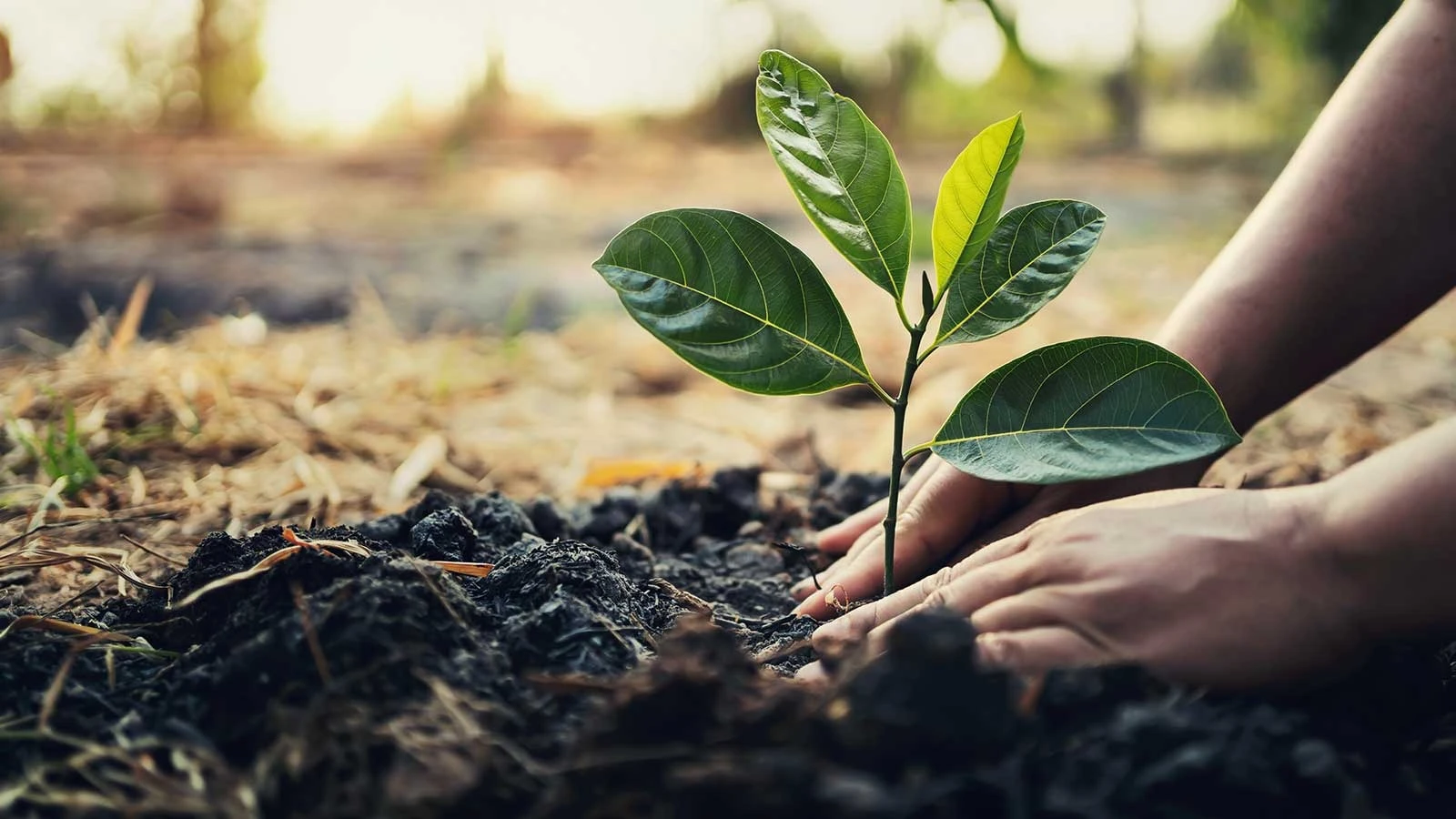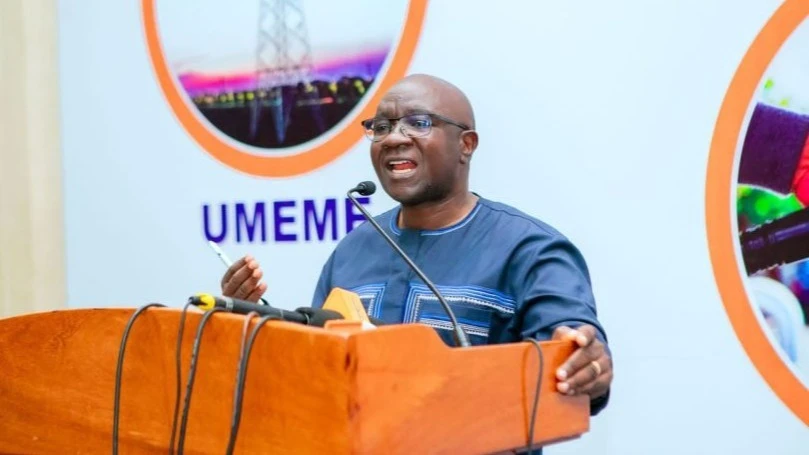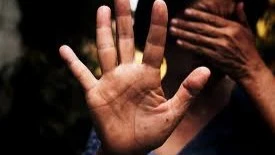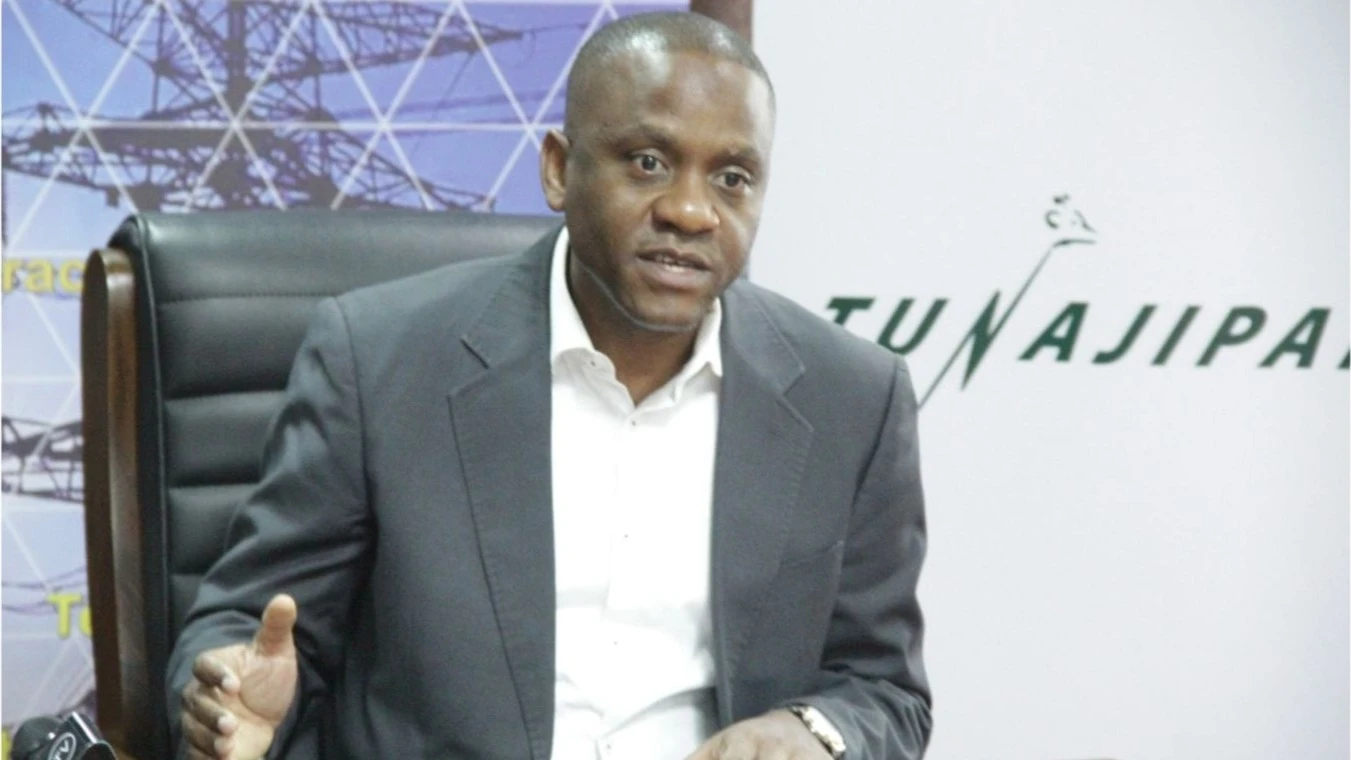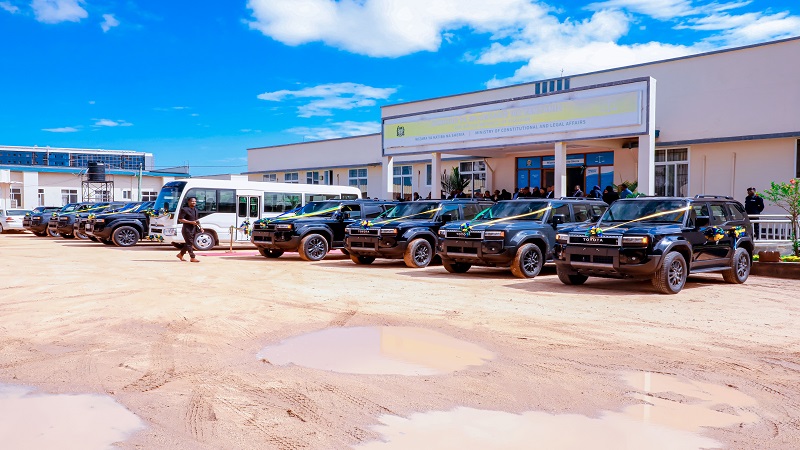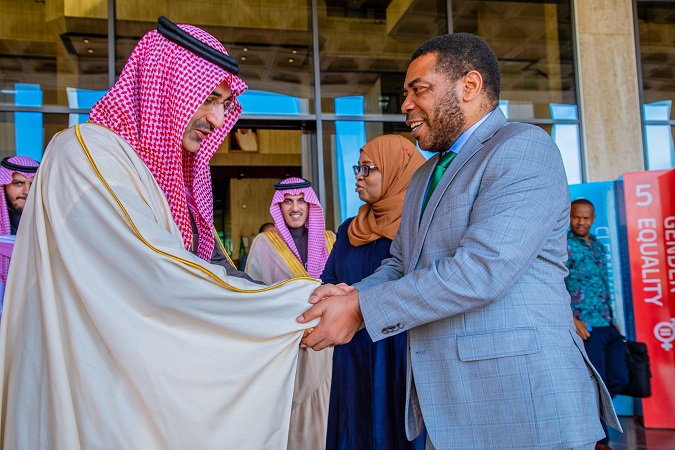Floating doctors: Mobile medicine comes to Panama’s jungles

WHEN Omayra Abrego was 19 years old, her feet started to swell. Soon afterwards, her knees became inflamed, followed by her hands and elbows. Within months, the once healthy young woman with thick black hair and wide brown eyes had become immobile, unable to bend, stand or lie down.
Omayra’s parents didn’t know what to do or where to turn. They are Ngabe-Bugle, Panama’s most impoverished and populous Indigenous group, and the family of eight lives in a wooden hut with a thatched roof made of palm leaves in an isolated village known as Wari, located high in the mountainous rainforest.
The nearest hospital is three hours away and, to get there, Omayra must be carried in a hammock down slippery, steaming jungle hills, crisscrossing rivers along the way. After multiple visits to a hospital on Panama’s Caribbean coast, the Abregos say they reached a point where they didn’t have any answers or a diagnosis for Omayra’s deteriorating condition.
It was then they contacted the Floating Doctors.
The Abregos knew of the Floating Doctors – a group of mobile volunteer doctors, medical professionals and students offering healthcare services to rural areas – from residents of La Sabana, a nearby Ngabe-Bugle village that is one of 24 communities the organisation serves.
“When the Floating Doctors started coming to our home, I started to feel some hope,” says Omayra, now 25, her frame feeble but her voice robust.
After a few visits, the organisation concluded Omayra likely has juvenile idiopathic arthritis, a rare condition among children that causes inflammation, swelling, pain and stiffness in joints.
On the days the Floating Doctors come, the young woman’s parents, siblings and cousins gather in the family's dimly-lit wood-planked home and observe as the volunteers speak with Omayra about how she’s feeling and run a series of tests. During their quarterly visits, the Floating Doctors check Omayra’s vitals, such as blood pressure, oxygen saturation levels and pulse, listen to her heart and lungs with a stethoscope and test the flexibility of her joints to monitor if they’ve improved or tightened since her last checkup.
During a visit to her home on a hot, muggy day in June, Omayra complained of gastric pain, rashes on her skin and an itchy scalp. The Floating Doctors volunteers asked her to give detailed descriptions of her symptoms, tested her for lice and cleaned her infected, swollen knees.
At the conclusion of the hour-long consultation, the Floating Doctors gave Omayra paracetamol for joint pain, omeprazole for stomach discomfort, clotrimazole antifungal cream to treat her irritated skin, soap and a large box of rice, as there are limited options for food in the village.
“I do feel sad on most days,” says Omayra, who wears cotton dresses to ventilate her swollen knees. “But when the Floating Doctors come to visit I feel cared for. I feel attended to. I feel happy.”
Healthcare by boat
The nongovernmental organisation, which is made up largely of volunteers, was founded by Dr Benjamin LaBrot, a United States-born physician. He developed the idea for a mobile medical team while on vacation in Tanzania, soon after graduating from medical school. On the way to the Serengeti, the driver asked if he wanted to visit a Maasai village. The community, LaBrot says, was "in the middle of nowhere”, had no water, no electricity and a population of around 200 people. After learning he was a doctor, villagers surrounded him for “sidewalk consultations”, he recounted.
“I looked at a first patient and then a second, and suddenly I look up and there’s this line of people,” he says. “This quick visit as a tourist turned into seven hours of me staying in the community and seeing patients while sitting under a tree.”
LaBrot says he then decided to commit his life’s work to providing healthcare services to develop and assist rural, isolated communities that lack hospitals and clinics. Back in the US, he "knocked on a million doors" and an elderly couple in Florida donated a dilapidated 23-metre (76-foot) ship, which he and a group of about 14 people worked on for a year, while raising funds to launch the organisation. The 2010 Haiti earthquake was their "put up or shut up” moment to provide mobile healthcare, LaBrot says. They sailed to Haiti with a boat full of cargo and medical equipment and spent weeks there providing medical services.
The original plan for the Floating Doctors was to provide short brigade missions to countries accessible by boat. However, the group saw the advantages of a permanent presence, where they could provide consistent long-term care. While on a mission to Honduras, the group was contacted on Facebook by people in Bocas del Toro, Panama, who told them of a pressing need for rural healthcare in the region. They then travelled to Panama to meet with a local mayor, who helped them to establish operations with the local marina and federal government.
"A lot of things fell into place" upon arrival in Panama, LaBrot says. “When we got there, we found that the conditions were exactly what our organisation was designed to overcome. Most of the populations were accessible only via water, so a ship was needed, and they were without access to even basic services.”
In its 13 years in Panama, the Floating Doctors has conducted around 80,000 medical visits, primarily serving Ngabe-Bugle patients. The group currently serves 24 communities on Panama’s Caribbean coast or in the Bocas del Toro archipelago which they visit every three months, meaning they provide medical attention to patients such as Omayra four times per year.
Each week, doctors, nurses and medical students from around the world travel to Panama to volunteer their services as part of the programme and stay anywhere from a few days to several months. The volunteers cover their own travel expenses and pay a contribution fee to the organisation, which is used to fund the operational costs of the healthcare programme, such as medications, equipment and fuel for the boats. In its time in Panama, the organisation has worked with an estimated 4,000 volunteers.
Of all the communities the group currently serves, the most remote village they visit — which requires an eight-hour commute via boat, bus and hike — is nestled high in the Panamanian rainforest.
It is known as La Sabana.
Journey into the clouds
Deep in the jungle of western Panama, La Sabana was founded in 1970 by three Ngabe-Bugle families and is now home to around 200 residents who live in wooden homes with dirt floors and roofs made of tin or thatched dry leaves.
The Floating Doctors have been visiting the village, which is surrounded by verdant mountains and lush green vegetation, for more than a decade. La Sabana is far removed from the modernities of urban life and families in the village sleep in hammocks stretched across rooms of their homes and are largely without basic services such as electricity, working toilets or running water.
Most of the 210,000 members of the Ngabe-Bugle live in small villages in the mountains, in the rainforest or on small islands. They are particularly vulnerable to common illnesses such as fevers and diarrhoea, as well as complications during pregnancy, medical emergencies and accidents.
“When there is an emergency here, it takes us hours to get to the closest hospital, and we usually walk and carry the patient in a hammock,” says Celestino Serrano, a village leader in La Sabana who first sought the assistance of the Floating Doctors years ago.
Serrano, 48, is a thin, strong man of medium height with serious brown eyes, short black hair and a composed demeanour. His first language is the native Ngabere, and when he speaks Spanish, his words are careful and measured.
“The support from the Floating Doctors has helped us understand what to do in those situations, and they’ve trained us on how to treat injuries and emergencies. This is why their visits are so important to us,” he says.
Serrano said that in La Sabana, machete wounds are common. Most villagers carry machetes and use them to hack through thick vegetation when walking. The tools also help them cut grass, open coconuts and fend off venomous snakes.
Before the Floating Doctors started coming to La Sabana, there were few options in the village to treat and manage serious machete wounds. Serrano says that the Floating Doctors have taught villagers how to clean, close and bandage machete wounds and gashes, and have provided medications to ease pain and avoid infections.
A new way to learn medicine
A recent five-day trip to La Sabana begins at sunrise on a Monday in June. I am travelling with them.
The eight-hour journey begins at the Floating Doctors headquarters on Cristobal Island in the Bocas del Toro archipelago. The small island is thick with palm trees and dense mangroves, and hundreds of small brown and orange crabs scurry along the boggy ground.
At the centre of the island is the main base, a large, broad four-storey building with a teal foundation, white protective railings, orange trim and thick red waterproof curtains to keep out tropical rains. Here, volunteers have access to a pharmacy, dining room, classroom and training area, and they sleep in small rooms with bunk beds just beyond the base.
This week, the Floating Doctors group includes six core team members and 13 volunteers.
The six core team members, who spend months working with the Floating Doctors, are in their 20s and 30s and include medical experts who hail from Argentina, Portugal, the Netherlands and Panama. Among them are two young Ngabe-Bugle men who lead the mission and act as translators for patients in La Sabana.
Trepidation, anticipation and inspiration
After a 7am breakfast as the heat begins to rise, members of the group — some dressed in light blue scrubs — carry heavy duffel bags to the island’s main dock to load long, narrow red boats with equipment needed for the week: ultrasounds, stethoscopes, thermometers, scales, medications and dry food. In total, the Floating Doctors bring around 185 kilogrammes (408 pounds) of medical equipment, food and supplies up a mountain in the jungle for the three-night stay in La Sabana.
Following a 30-minute boat trip across the calm Caribbean waters, the group boards a small bus, which takes them along a bumpy coastal highway to a town known as Pueblo Nuevo, just over an hour away. From there, the four-hour hike into the rainforest begins.
Making good time is important, particularly during the June rainy season, when almost every day includes a tropical downpour bringing its own complications.
And the 200 or so residents of La Sabana are anxiously awaiting the group's arrival.
Top Headlines
© 2024 IPPMEDIA.COM. ALL RIGHTS RESERVED


